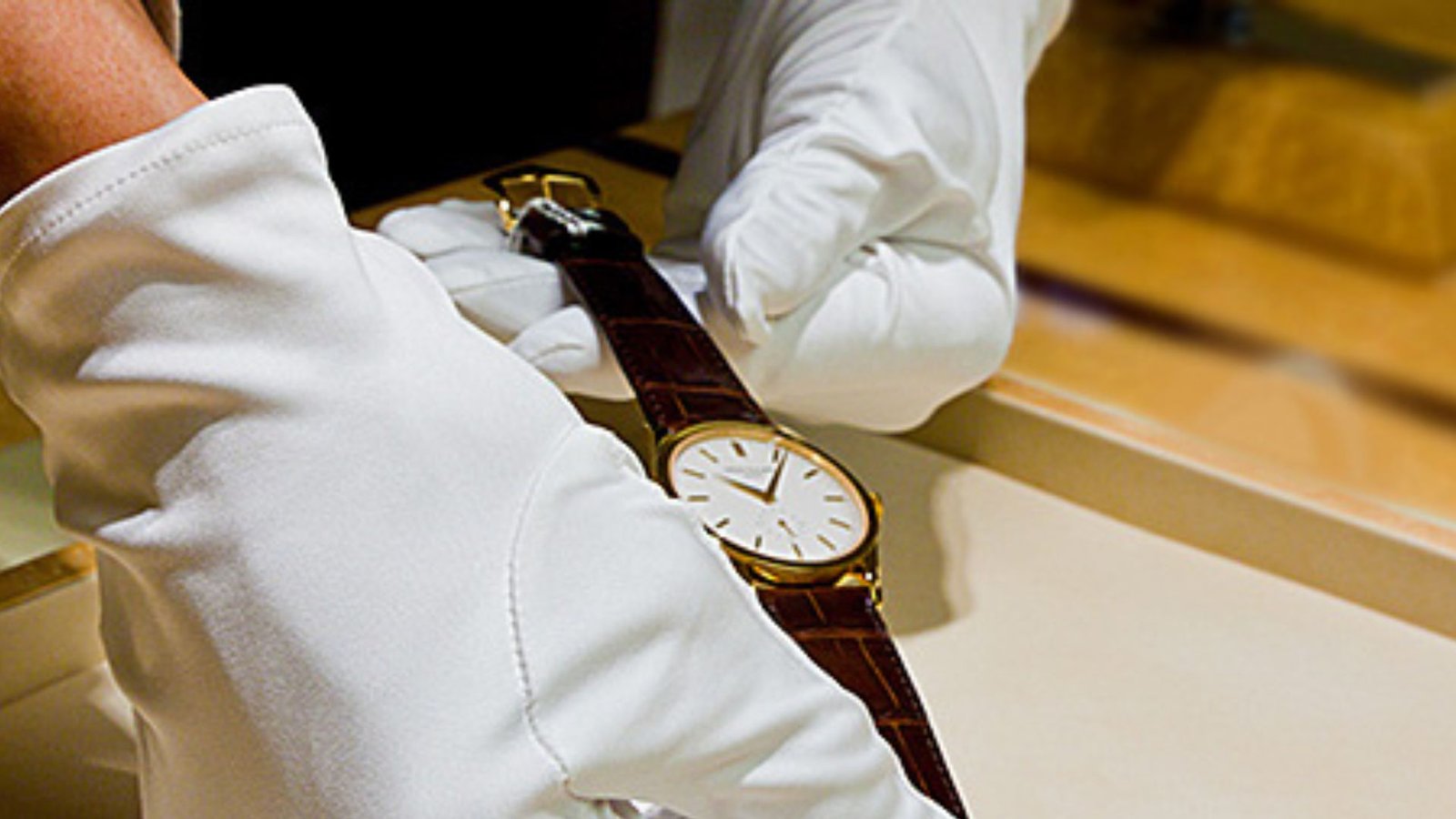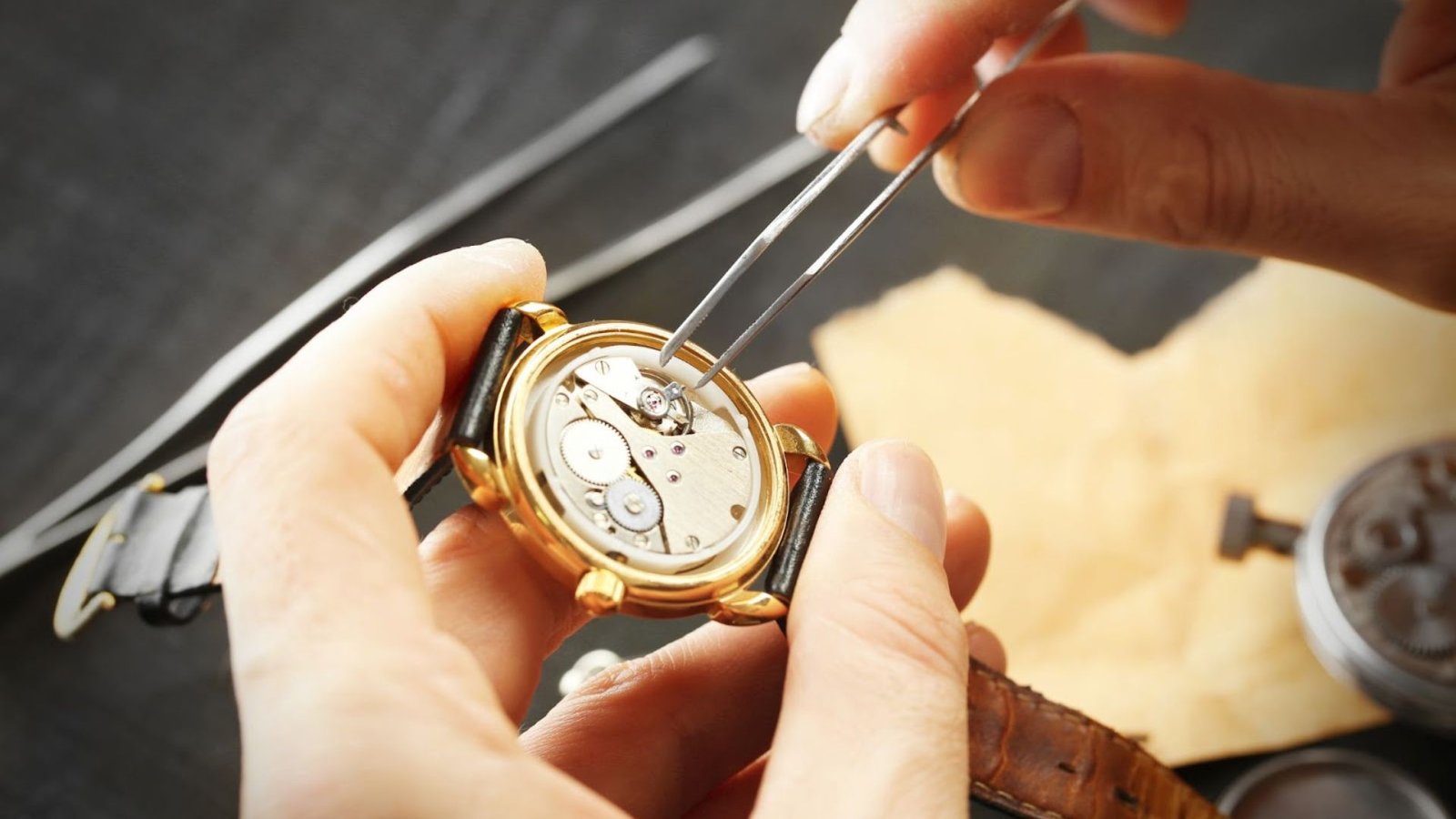Maintaining your watch properly is essential, but the care required can vary depending on the type of watch you own. Each type of watch has unique needs and maintenance requirements. By understanding these differences, you can ensure your timepiece remains in excellent condition. Here are the best watch maintenance tips for different types of watches.

Mechanical Watches
Regular Winding
To begin with, the best watch maintenance tips for mechanical watches, which include manual and automatic watches, require regular winding to keep running smoothly. Manual watches need to be wound daily, while automatic watches can be wound by wearing them regularly. However, if you don’t wear your automatic watch frequently, you should wear it periodically.
- Daily Winding: For manual watches, wind the watch until you feel resistance. Avoid over-winding, as this can damage the movement.
- Automatic Watches: Wear your watch regularly or use a watch winder to keep it running. If left unworn for a long time, wind it by hand to ensure it starts smoothly.
Periodic Servicing
Mechanical watches need servicing every 3 to 5 years to ensure that all internal components are clean and lubricated. This service helps prevent issues such as reduced accuracy or mechanical failure.
- Service Schedule: Stick to the manufacturer’s recommended service intervals. Regular servicing helps to identify potential issues early and ensures optimal performance.
Exploring Online Entertainment in Australia
Beyond the world of horology, there are various online entertainment options to consider. If you’re based in Australia and interested in online gaming, you can explore the realm of online gambling Australia. Remember to always engage responsibly and within legal boundaries.
Quartz Watches
Battery Replacement
Quartz watches are powered by batteries, which typically need to be replaced every 1 to 3 years, depending on the watch and usage.
- Battery Care: Replace the battery as soon as it dies to avoid leakage, which can damage the watch. Always have the battery replaced by a professional to ensure that the watch remains sealed properly.
Cleaning and Calibration
While quartz watches require less frequent servicing compared to mechanical watches, occasional cleaning and calibration are still necessary.
- Cleaning: Clean the watch case and strap with a soft, damp cloth. Avoid submerging the watch in water unless it is specifically rated as water-resistant.
- Calibration: Occasionally check the time accuracy and have the watch calibrated if necessary to maintain precision.
Dive Watches
Water Resistance Checks
Dive watches are designed to withstand water pressure at significant depths. However, water resistance can degrade over time due to wear and tear.
- Seal Maintenance: Regularly check the gaskets and seals for wear and replace them as needed to maintain water resistance.
- Pressure Testing: Have your watch pressure-tested annually to ensure it can handle underwater conditions.
Post-Dive Care
After using your dive watch in seawater, rinse it with fresh water to remove any salt or sand. This prevents corrosion and extends the life of the watch.
- Rinsing: Rinse thoroughly and dry the watch with a soft cloth. This simple step helps maintain the watch’s condition and prevents buildup that could damage the components.
Luxury Watches
Handling and Storage
Luxury watches often feature delicate materials and intricate movements that require careful handling and storage.
- Storage: Store luxury watches in a padded watch box or a safe to protect them from dust, moisture, and potential damage.
- Handling: Handle your watch with clean, dry hands to avoid transferring oils or dirt to the watch’s surface.
Professional Care
Luxury watches benefit from professional care due to their complex mechanisms and high value. Regular professional servicing is crucial to maintaining their value and functionality.
- Servicing: Follow the manufacturer’s recommendations for servicing intervals. Use authorized service centers to ensure the quality of repairs and maintenance.
Smartwatches
Battery Management
Smartwatches have batteries that generally need to be charged daily or every few days. Proper battery management can help extend battery life.
- Charging: Avoid letting the battery completely die before recharging. Instead, keep it topped up to maintain battery health.
- Power Saving Modes: Use power-saving modes when possible to extend battery life between charges.
Software Updates and Syncing
Regular software updates are crucial for smartwatches to ensure they operate correctly and securely.
- Updates: Install updates as soon as they are available to benefit from new features and security patches.
- Syncing: Regularly sync your smartwatch with your smartphone or computer to ensure accurate data and functionality.
Conclusion
In conclusion, the best watch maintenance tips for different types vary depending on the type of watch you own. Mechanical watches need regular winding and servicing, while quartz watches require battery replacements and occasional cleaning. Dive watches benefit from water resistance checks and post-dive care, luxury watches need careful handling and professional service, and smartwatches require battery management and software updates. By following these tailored maintenance tips, you can ensure that your timepiece remains in excellent condition, providing reliable performance and longevity.


